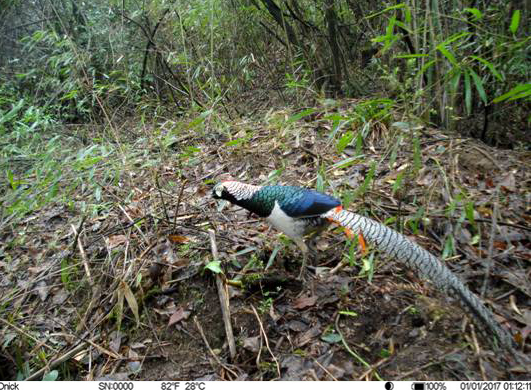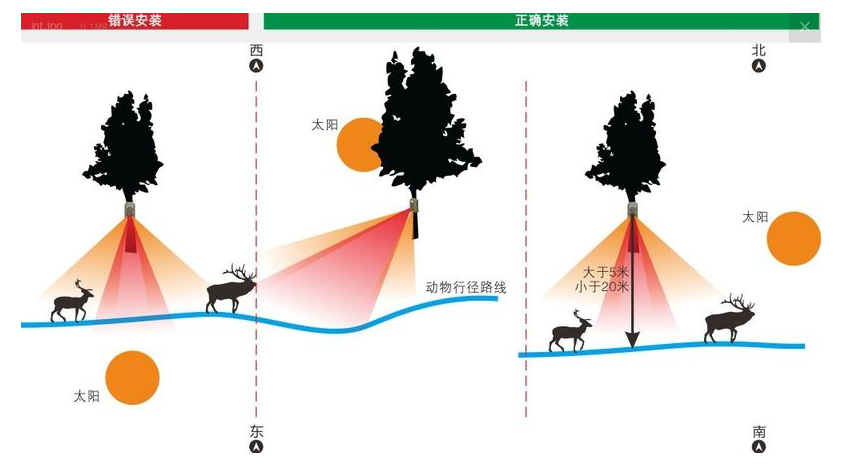Currently, infrared camera technology has become an essential and routine tool for surveying and monitoring terrestrial mammals and ground-dwelling birds. Infrared cameras primarily use photographs and videos to record and capture data on wildlife species, population size, distribution (camera location information), behavior (focusing on activity rhythms), and habitat (vegetation, altitude, etc.). This data helps analyze the basic characteristics of wildlife within the monitoring area.

However, obtaining this data requires the establishment of standardized infrared camera survey specifications. Unified survey specifications and proper installation and deployment are crucial for understanding long-term trends in wildlife populations and communities. Establishing and implementing infrared camera survey specifications primarily includes: infrared camera deployment planning, monitoring plan implementation, data collection plan, data management, and data analysis.

1. Mounting Height: Approximately half the height of the animal.
2. Distance from the trail: Approximately three times the mounting height.
3. Height Adjustment: If the distance from the trail is less than three times the mounting height, adjust the camera's elevation slightly upward.
4. Horizontal Angle: Mount the camera so that it is flush with the trail. 5. Effective Route: The shortest possible route is approximately 3/4 of the distance along the trail.
6. Field of View: Avoid close-range obstructions. Adjust the fill light intensity according to the distance, which is proportional to the distance.
7. Mounting Location: The camera should be stable and sturdy, and avoid attaching it to thin trees.

In the wild, treeless areas are inevitable. If there are no trees, you can also nail the camera to a rock. In open flat areas or grasslands and deserts, you need to be creative and build a small stone hut, generally 0.5 to 2 meters above the ground. The specific height depends on the size of the animal, with a slightly higher elevation for uphill climbs and a slightly lower elevation for downhill climbs, to allow for animal passage. If large cats have particularly large ranges, the choice of mounting location is particularly important. Consider different time periods. For example, in Northeast China, monitoring tigers and leopards is best done in spring and autumn. Amur tigers prefer abandoned logging roads and river valleys, while Amur leopards prefer hills and rocky habitats.
Camera Safety and Maintenance: Device loss is primarily caused by varying degrees of human interference at security locations, such as the borders between protected areas and communities. Based on seasonal characteristics and wildlife activity patterns, the camera should be installed at low or medium altitudes, along animal passages, and in areas with high-altitude access. To prevent loss, efforts should be strengthened to investigate, crack down on, and publicize legal practices. The project should also ensure confidentiality and conceal the equipment.

The camera itself is camouflaged and can be locked to protect the SD card. A chain can be added to the rear of the camera to prevent theft. Alternatively, you can purchase bionic camouflage waterproof tape and apply it to the device to better match the desired camouflage environment, such as red soil, rocks, or dead leaves, to reduce the risk of loss.
To extend the life of the camera, regular maintenance is required. It is recommended that maintenance be performed immediately after removing a card or retrieving the camera. Maintenance primarily involves drying and cleaning the camera. When not in use, the camera should be stored in a moisture-proof container with desiccant (silica gel). Any batteries should be removed from the camera (very important). The memory card should be removed and stored dry. The camera should be deployed during the dry season if possible; more maintenance is required during the rainy season to extend its life.


